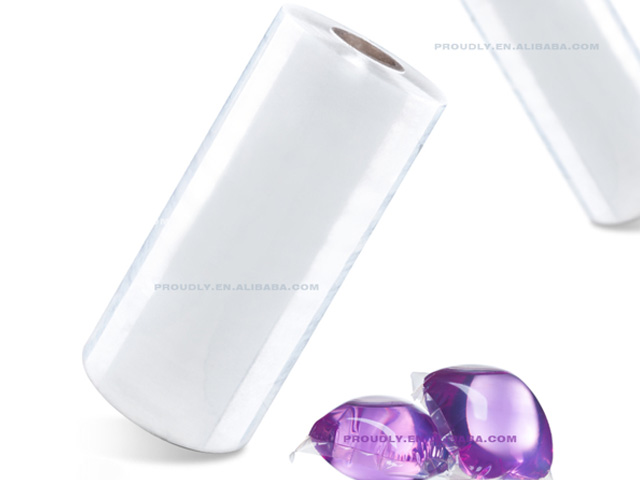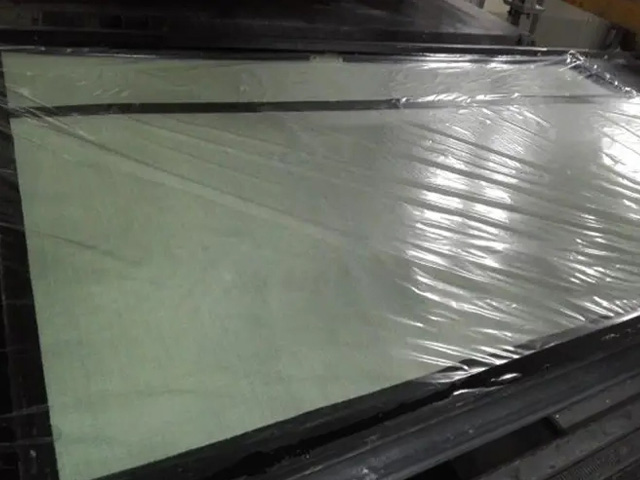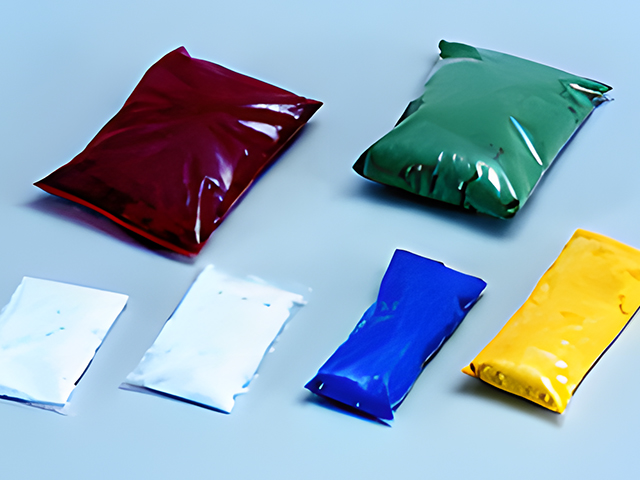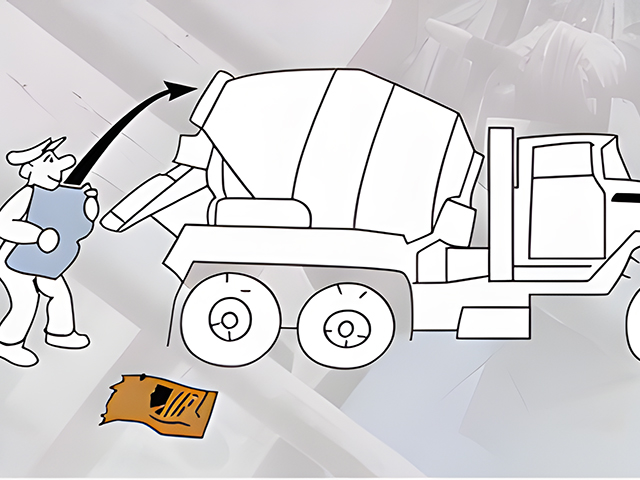
-
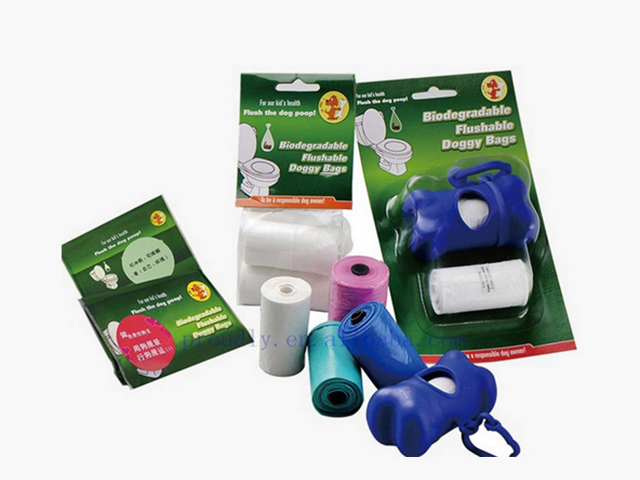

-
Fully biodegradable pet wast collection bag
-
0.000.00
-
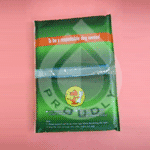 | Item No. : PRB-T1 Description : fully biodegradable dog waste collection bag Packing : 24 pcs/ tissue bag |  | Item No. : PRB-RB2 Description : fully biodegradable dog waste collection bag Packing : 12 pcs/ roll, 1 dispenser +2 rolls | |
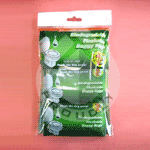 | Item No. : PRB-T3 Description : fully biodegradable dog waste collection bag Packing : 24 pcs/ tissue bag, 3 tissue bags/pack | 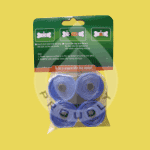 | Item No. : PRB-R4 Description : fully biodegradable dog waste collection bag Packing : 12 pcs/roll, 4 rolls per pack | |
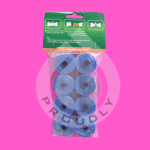 | Item No. : PRB-R8 Description : fully biodegradable dog waste collection bag Packing : 12 pcs/roll, 8 rolls per pack | 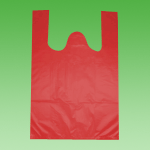 | Item No. : PRB-Vest Description : fully biodegradable dog waste collection bag Packing : 50/100 pcs pack | |
 | Item No. : PRB-LL1 Description : fully biodegradable cat litter box liner Packing : 50/100 pcs pack |
1. Why is dealing with pet waste such a big deal?
In modern life, more and more people would like to have pets as their companion. People may release their working and living pressure while staying with their pets. The increasing numbers of pets will generate a lot of big environmental problems. How to deal with the pet waste is one of the important issues. Pet waste contains a lot of bacteria such as tubercle bacillus, brucellosis, salmonella and bellyworm, etc. Exposing or burying pet waste is messy, unsanitary and makes unsightly landscaping. For instance, bellyworm contained in pet waste which can exist in soil for many years and do harm to children and adults with weak immunity, especially the people having Ocular Larva Migrans (OLM). When people touch their eyes by hands with bellyworm egg, they may have eyesight faintness forever or even blindness. Moreover, the bacteria can be spread through the air and groundwater seepage. Particularly, storm water runoff may also lead to bacterial contamination. Pet waste has become a severe pollutant source, so in many countries, pet owners must pick up and properly deal with their pet waste according to laws and regulations.
2. Why should I use the flushable and biodegradable dog waste collection bag? Why not just simple plastic or paper bag?
The biodegradable & flushable collection bags have the following benefits.
(1) The flushable and biodegradable dog waste collection bag is fully biodegradable while simple plastic bags, like polythene bags do not degrade and they can only be discarded as the household garbage after use, which will produce vast quantities of nondegradable garbage.
(2) Using simple plastic or paper bag to discard or dispose pet waste, which contains numerous pathogenic bacteria, in the same manner as the household garbage tends to spread the pathogenic bacteria in the air, and do harm to the health of persons such as sanitation workers. The flushable and biodegradable dog waste collection bags will not have these problems as they will be flushed away together with the waste into toilets.
(3) Using simple plastic or paper bags to discard or dispose pet waste increases the difficulty and cost of waste sorting, disposal, and recycling.
(4) When people use simple plastic or paper bags to dispose and bury pet waste, the pet waste containing plenty of pathogenic bacteria is liable to spread the pathogenic bacteria into the groundwater or river to pollute the water resource during the course of burying.
(5) The best way to deal with pet waste is to ensure its disposal and treatment are in the same way as we deal with human waste, by utilizing the waste water treatment systems already in place. To be a responsible pet owner! Using the flushable and biodegradable dog waste collection bag is the safest and the most responsible way to dispose pet waste and prevent your family, your pets and yourself from pathogen infection and your home is away from White Pollution as well.
3. I am using other biodegradable bags, why should I use the flushable and biodegradable dog waste collection bag? There are mainly three types of pet waste bag in the market, nondegradable bags, degradable bags and fully biodegradable bags. Nondegradable bags taking big shares in the market are mostly made of polythene. Degradable bags can be partially degraded and pollute the environment to some extent. Fully biodegradable bags will not do harm to environment and have to be discarded as daily trash after use. The biodegradable & flushable collection bag is made of material with fully biodegradable property, besides, it can be flushed away into toilets. Pet owners can discard the bag into garbage bin or flush it into toilet depending on carrying convenience after collecting pet waste. The biodegradable & flushable collection bag is advantageous on cost while comparing with other biodegradable bags.
There are mainly three types of pet waste bag in the market, nondegradable bags, degradable bags and fully biodegradable bags. Nondegradable bags taking big shares in the market are mostly made of polythene. Degradable bags can be partially degraded and pollute the environment to some extent. Fully biodegradable bags will not do harm to environment and have to be discarded as daily trash after use. The biodegradable & flushable collection bag is made of material with fully biodegradable property, besides, it can be flushed away into toilets. Pet owners can discard the bag into garbage bin or flush it into toilet depending on carrying convenience after collecting pet waste. The biodegradable & flushable collection bag is advantageous on cost while comparing with other biodegradable bags.
4. Does the flushable and biodegradable dog waste collection bag clog the toilet?
The flushable and biodegradable dog waste collection bag is specially formulated to have appropriate water resistance and disintegration. The collection bag can be used to collect the waste with certain water content without dissolution or break. Once the collection bag contacts plenty of water when discarded into a toilet, it will soften or disintegrate rapidly, and then be flushed into the sewer successfully and biodegraded completely into carbon dioxide and water in the septic tank. It will not do any harm to human and environment.
5. I am using collection bags in rolls and dispensers. Is it also available for the flushable and biodegradable dog waste collection bag?
There are multi-types of packaging for the flushable and biodegradable dog waste collection bag, including roll packaging, Kleenex box packaging, portable box packaging and portable Kleenex bag packaging. Roll size is suitable for plastic dispenser currently available in the market (excluding special sizes). Plastic dispensers with special design are provided together with the pet waste bags.
6. How to use the flushable and biodegradable dog waste collection bag?
1) Insert your hand into the bag and pick up the pet waste.
2) Upturn the bag and discard the bag into the garbage or toilets or flushing devices
3) Attention: When dealing with dog poop in big pile or high wetness, we suggest using two bags in a set for enhancing the strength of bag.
4) Do not tie the bag after collecting the poop, the air tapped inside the bag will cause it floating in the water that you need more water to flush it away.
1.Pet Waste and Health
Pet owners, take heed . . . When you clean up after your pet, do you dump the waste in the street or storm sewer? Do you leave it to decay on the sidewalk or the grass near the street? If so, you may be causing pollution or health problems.
Are you risking your health? When pet waste is disposed of improperly, not only water quality suffers ,your health may be at risk, too. Pets, children who play outside, and adults who garden are most at risk for infection from some of the bacteria and parasites found in pet waste. Flies may also spread diseases from animal waste. Diseases or parasites that can be transmitted from pet waste to humans include:
When pet waste is disposed of improperly, not only water quality suffers ,your health may be at risk, too. Pets, children who play outside, and adults who garden are most at risk for infection from some of the bacteria and parasites found in pet waste. Flies may also spread diseases from animal waste. Diseases or parasites that can be transmitted from pet waste to humans include:
Campylobacteriosis ,A bacterial infection carried by dogs and cats that frequently causes diarrhea in humans.
Cryptosporidium ,A protozoan parasite carried by dogs, cats, mice, calves and many other mammals. Common symptoms include diarrhea, stomach cramps, nausea and dehydration. May be fatal to people with depressed immune systems.
Toxocariasis ,Roundworms usually transmitted from dogs to humans, often without noticeable symptoms, but may cause vision loss, a rash, fever, or cough.
Toxoplasmosis ,A protozoan parasite carried by cats that can cause birth defects such as mental retardation and blindness if a woman becomes infected during pregnancy; also a problem for people with depressed immune systems. Symptoms include headache, muscle aches, lymph node enlargement.
Pet waste may not be the largest or most toxic pollutant in urban waterways, but it is one of the many little sources of pollution that add up to a big problem. Fortunately, there are some simple things we can all do to help keep our water clean. See the other side for ways to keep pet waste out of local waterways.
You can make a difference!
The job of cleaning up after your pet can be as simple as taking a plastic bag along on your next walk. What should you do with the waste you pick up? Flush it down the toilet

The water from your toilet goes to a septic system or sewage treatment plant that removes most pollutants before the water reaches a lake or stream.
A publication of the University of Wisconsin–Extension in cooperation with the Wisconsin Department of Natural Resources. 630 W. Mifflin St., Madison, WI 53703. (608) 262-3346.
Author: Carolyn Johnson, UW–Extension.
Dog lovers beware...
Not only is dog waste messy, unsightly, smelly, and bothersome, but it also creates a serious health hazard if not dealt with properly. Worms and viruses such as roundworm, ringworm, whip worm, and the deadly parvo virus are all transmitted through dog feces. Dog waste does not a good fertilizer make. It is actually toxic to your lawn, causing burns and unsightly discoloring. More importantly, it has been estimated that a single gram of dog feces can contain 23 million fecal coliform bacteria, which are known to cause cramps, diarrhea, intestinal illness, and serious kidney disorders in humans.
The Environmental Protection Agency (EPA) even estimates that two or three days worth of droppings from a population of about 100 dogs would contribute enough bacteria to temporarily close a bay, and all watershed areas within 20 miles of it, to swimming and shellfishing.
Dog feces are one of the most common carriers of the following diseases:
· Heartworms
· Whipworms
· Hookworms
· Roundworms
· Tapeworms
· Parvo
· Corona
· Giardiasis
· Salmonellosis
· Cryptosporidiosis
· Campylobacteriosis
Children, puppies, and kittens are most susceptible to pet-borne illnesses because they have weaker immune systems than adults do.
A publication from DoodyCalls ( professional pet waste removal ) 114 4th Street SE, Suite A Charlottesville, VA 22902
2.Dog Waste is bad for the environment
Dog feces contain the same bacteria that human waste contains. Humans use toilets and have sewers and sewage treatment plants to protect the environment and drinking water. But when we don’t pick up after our dogs we are depositing sewage on the fields where we play, trails where we walk, and beaches where we swim.
sewage on the fields where we play, trails where we walk, and beaches where we swim.
Non-Point Source Pollution
Feces deposited in yards, fields and trails runs off into streams, rivers and even into groundwater. This negatively affects water quality. Dog waste is estimated to cause between 20-30 % of stream pollution. Dog Waste contains nitrogen and phosphorus. These nutrients promote algae growth in lakes, ponds, and streams. This limits light available to aquatic plants. As the algae decays it uses up oxygen that is needed by fish. Runoff containing dog waste also causes bacteria levels to rise in waterways and can make beaches unsafe for swimming.
How much poop is there?
An estimated 1.25 million lbs/year in Whistler. The very large number of dogs that live in Whistler creates an unnatural volume of waste that the environment cannot handle. The large quantity of nutrients in dog poop can "burn out" grass plants by overfeeding them, creating a spotty "minefield" look in yards where poop isn't scooped. Dog waste is NOT fertilizer.
How does the poop get into the streams?
Rainwater and melt-off washes poop into storm drains which eventually empty out into our streams. Even poop deposited far from a stream can still end up in our waterways. Feces may also be carried by overland flow.
What is in Dog Waste? Some Common Diseases:
Roundworm; Giardia; Campylobacter; Leptospira; Tapeworm; Cryptosporidium; E. Coli; Fecal; Coliforms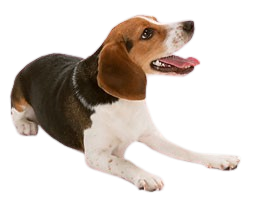 Dog Waste is a Public Health Issue
Dog Waste is a Public Health Issue
Each of those listed above is a disease that humans can get! Adults may not roll in the fields, roll on the grass with our dogs, or touch the dog’s toys and then our mouths because we understand how diseases are spread. Young children are not so careful. If a child touches an object that has been in contact with dog feces and then touches their hand to their mouth, they could become infected with a disease. Roundworm larva, if ingested by a human, can migrate throughout the body to organs such as the brain, lungs, kidneys, liver, heart, or eyes. Roundworm larva can cause blindness.
This publication is available from Whistler Animals Galore Society,P.O. Box 274 Whistler, BC Canada V0N 1B0. 604-935-8364
Are you polluting our Lakes and streams?
Pollutants from improperly disposed pet waste may be washed into storm sewers by rain or melting snow. Storm sewers usually drain directly into our lakes and streams, carrying many pollutants along with the water. Pollutants commonly found in urban lakes, streams and ponds include:
1)Pet Waste 2)Oil and antifreeze 3)Sediment 4)Toxic chemicals 5)Pesticides and fertilizers
When pet waste is washed into lakes or streams the waste decays, using up oxygen and sometimes releasing ammonia. Low oxygen levels and ammonia combined with warm temperatures can kill fish.
A publication of the University of Wisconsin–Extension in cooperation with the Wisconsin Department of Natural Resources.
630 W. Mifflin St., Madison, WI 53703. (608) 262-3346.
Author: Carolyn Johnson, UW–Extension.
Places where dogs dirty the water:
(1) Stevenson Creek in Clearwater, Fla.
Residents were worried that a sewage treatment plant contaminated the creek. But when Harwood tested the water, she found that dogs, along with leaky septic tanks and wild animals, were to blame for high bacteria counts.
(2) Four Mile Run in Arlington and Fairfax counties, Va.
Studies show that dogs add to the contamination in this suburban Washington, D.C. stream. Officials calculate that the 12,000 dogs living in Four Mile Run's watershed leave behind more than 5,000 pounds of "solid waste" every day.
(3) Boise River in Boise.
The river suffers from high bacteria levels that make it unsuitable for swimming. Testing of streams and drainpipes flowing into the river showed that in urban areas, dogs were a leading culprit. In some spots, dogs and cats account for even more of the bacteria than human feces ,from dysfunctional septic tanks and leaky sewage pipes ,do.
This publication is from Traci Watson, USA TODAY 06/06/2002




